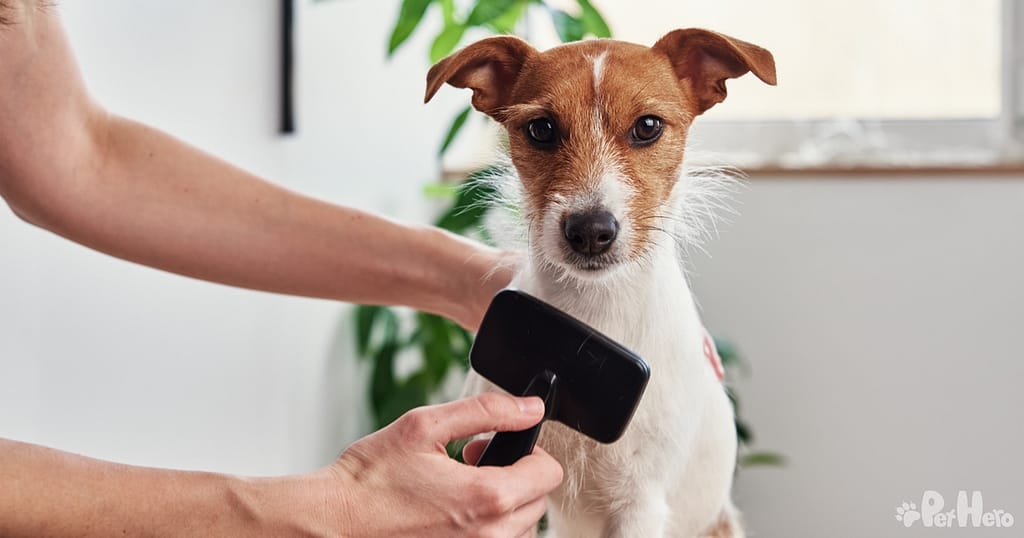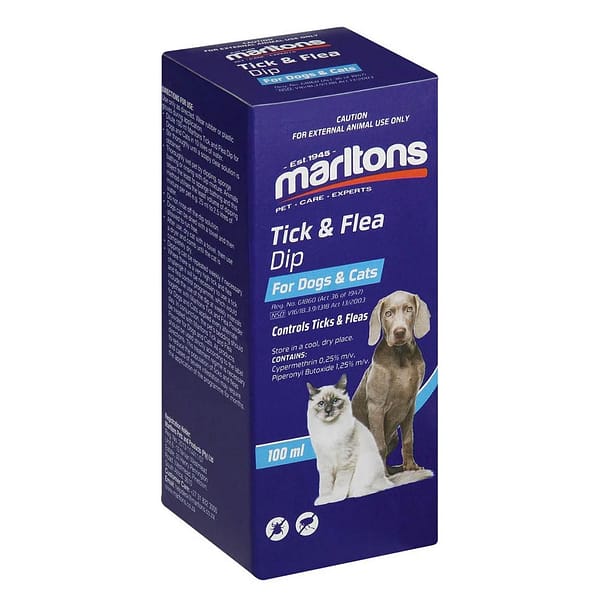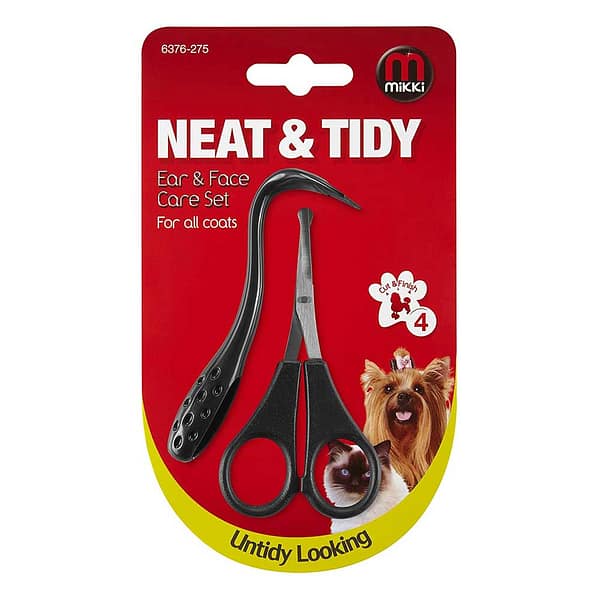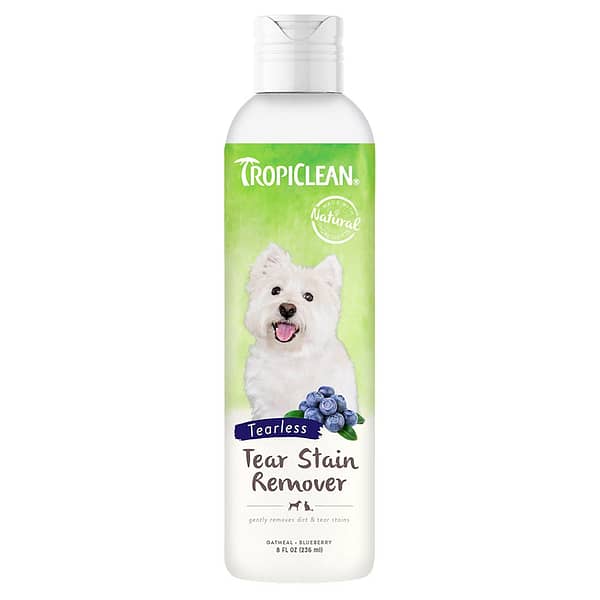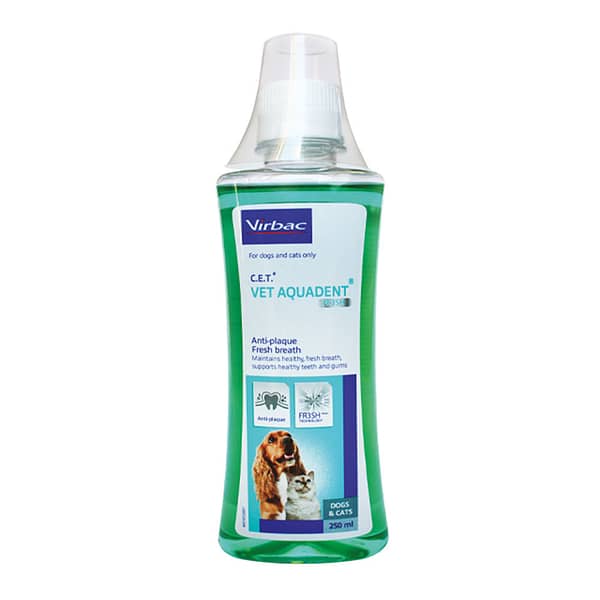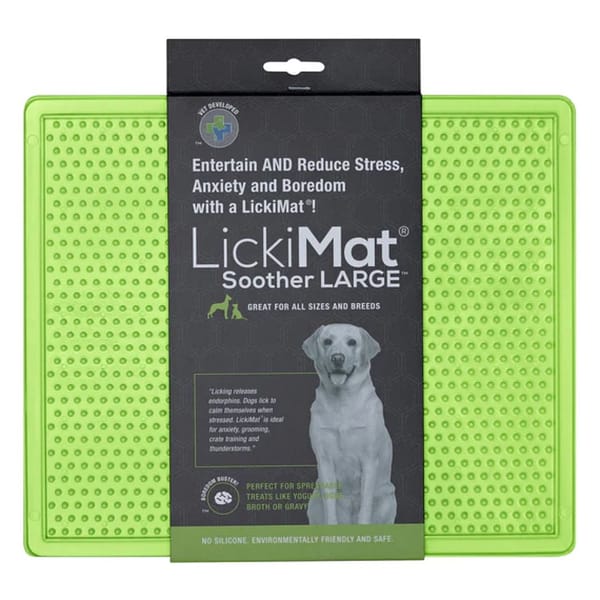It’s easy to drop your dog off at the groomer, go and do your shopping, then come back and collect your posh pup with her newly primped and ribboned hairstyle and neatly clipped nails. We’re all for convenience when it comes to pets and your busy lifestyle, but – do you know what your pet is thinking while she’s at the groomers? She’s wondering where the heck you are!
Grooming your dog yourself is not just about the professional cut, the salon-quality dog shampoo, and trimming your dog’s nails without causing an injury; it’s about bonding. Your dog relishes time spent with you, and if that time spent includes lots of touching, brushing, fussing and treats, then all the more reason to learn how to groom your dog at home!
1. What does dog grooming include?
Dog grooming kits and puppy grooming kits come with brushes and combs, but there’s a lot more to dog grooming than brushing alone. The dog grooming process includes:
- brushing
- hair trimming
- tick and flea removal
- bathing
- finishing (spritz)
- nail clipping
- ear cleaning
- teeth brushing
- tearstain cleaning
2. What are the benefits of grooming your own dog?
Aside from the pawfect opportunity to bond with your furry friend, use this grooming time to inspect your dog’s dental hygiene, to check his skin condition, and identify any new lumps, bumps, redness, or anything out of the ordinary that you may not have noticed otherwise. Grooming your dog at home gives you the chance to check up on your pet’s wellbeing. If you find any lesions, bumps or other symptoms you’re unsure of – it’s time for a vet check-up just to make sure.
3. How to groom your dog yourself
It may feel daunting to think you need to do a professional grooming job on your dog. But don’t worry – your dog will LOVE that you are spending this bonding time with him. If you follow a simple step-by-step process to groom your dog, it will become easier and faster the more you do it.
Brush your dog’s coat
The purpose of brushing your dog’s coat first is to remove any dirt, debris, tangles and mats before needing to clip his fur or give him a bath.
Trim your dog’s coat
Short-haired dogs can skip this step, while dogs with longer fur will need to have their coats trimmed and neatened up. If you’re wondering whether you need to trim or shave your dog, read our summer shaving article here. To trim your dog’s excess fluff, all you’ll need is a pair of grooming scissors and a bit of practice. You’ve got this!
Remove any ticks and fleas
Once you’ve brushed and trimmed your dog’s coat, you’ll be able to see more clearly whether there are any ticks or fleas lurking about. If so, you’ll need to think about dosing your pup with parasite control. In the meantime, if the ectoparasites are latched on, here is an easy way to remove ticks and fleas that won’t hurt your dog.
Bath your dog
Some dogs love it, some dogs hate it – all dogs need it. That’s bathtime. Make sure you are using a dog shampoo that is suited to your dog’s fur coat and any skin condition they might have. From dry skin to detangling, herbal, hypoallergenic, stress relief and repellent shampoo – there is definitely a dog shampoo that’s suited to your special pup.
Finishing the coat
Your dog’s coat length, texture and condition may require a special post-groom touch. Spritzing their coat with a conditioning spray, anti-inflammatory, deodorising or anti-static spray can work wonders in promoting skin and coat health as well as between-groom freshness.
Clip your dog’s nails
Most pet parents don’t relish the idea of clipping their dog’s nails. Dog nail grooming can be especially tricky if your dog has dark nails or sensitive paws. However, with patience, treats, and lots of gentle praise, you can get your dog used to having his nails clipped – he may even enjoy it when he knows he’ll get a treat at the end. Grooming dog paws requires patience and a sensitivity towards your dog’s cues. Our quick tips for nail grooming are:
- Use a good quality, sharp dog nail clipper.
- Get your dog to lie down – having his paws up makes this process a lot easier.
- Start slowly and just clip off the nail tip.
- Give your dog a small treat each time you’re able to successfully clip without him making a fuss. Keep telling him he’s a Good Boy and stay calm as you progress.
- Clip a little off at a time until the nail is short enough or you get close to the quick (pink strip you can see in a clear nail).
- If your dog has black nails, clip a little at a time until you see a clearly defined black dot in the middle of your dog’s nail. This indicates you are close to the quick and need to stop.
Clean your dog’s ears
Some dog breeds are more prone to ear infections and a build-up of wax and debris. If your dog’s ears are extra hairy or your pup swims a lot, you’ll need to give his ears some attention during grooming. Focus on keeping his ears dry in general. Read our comprehensive guide on how to clean your dog’s ears.
Clean your dog’s tear stains
White dogs like Maltese, French poodles, West Highland white terriers (Westies), Cairn terriers, Samoyeds and bichon frisés (among others) can develop tear stains below their eyes and around their mouths. During grooming, use a specially formulated tear stain remover spray or wipe to keep that brilliant fur clean.
Brush your dog’s teeth
It’s impawtant to get your dog used to having his teeth brushed while he’s still a puppy, since dental health and wellness is something you’ll need to stay ahead of for his whole life. Poor dental health can have many other negative effects on your dog’s health, not just his teeth, so keep those pearly whites brushed and clean, and remember to take him for an annual check-up at the vet and dental cleaning when he needs it.
The easiest way to brush your dog’s teeth (if he’s not used to it by now) is to first get him used to having your hands near his mouth. Make it a pleasurable experience by putting a dab of peanut butter or even doggy toothpaste on your finger and touching his teeth and gums. Progress slowly (this may even take weeks) from your finger to a canine toothbrush, ensuring your dog is relaxed and receptive towards this kind of attention, praising him each time you manage to gently brush his teeth – even if you don’t get all of them in one go. To support your dog’s dental health, you can also use water additives, dental gels and sprays, and of course, dental treats to help scrub your dog’s teeth.
4. My dog hates being groomed – now what?
If your dog has had a traumatic experience at the groomers, has never been groomed, doesn’t trust being handled in that way, or just doesn’t like being groomed, there are two ways this can be managed.
Make grooming a pleasure
Perhaps your dog simply has not yet found a way to associate the grooming process with pleasure. A simple way to change his mind about being groomed is to load a lick mat with peanut butter or any other dog-friendly tasty treat, stick it to the wall at tongue level, and let your dog go wild while you get to work grooming him. Speak calmly and keep telling your dog what a Good Boy he is! This process may take a day or even few weeks to work, but please persist and give your dog a chance to experience the pleasure of being groomed at home.
Ask your vet about a sedative
If you’re at your wits’ end and have wondered how to sedate a dog at home for grooming purposes, then perhaps it’s time to take the problem to your vet’s office. Sedatives should only be used when all other options have been exhausted, such as in cases where dogs have really severe anxiety – where it’s the anxiety that’s the problem; not just the aversion to grooming.
How do groomers keep dogs still? Professional groomers come across all sorts of pawsonalities in their day-to-day tasks, so they are more adept at handling grumpy groomees. They also have the benefit of bespoke harnesses, wash tubs and spray arms to make the grooming process easier. Some pet parents will muzzle their pets, or give their nippy dogs a sedative an hour before their grooming session to keep their dogs calm and to make it easier and safer to groom them.
At Pet Hero, we care about your bond with your pets. We want to enhance and reinforce this bond by bringing you informative and supportive content. Subscribe to our newsletter to get more content like this in your inbox, and be the first to know about Pet Hero’s specials, promotions, competitions and sales!

